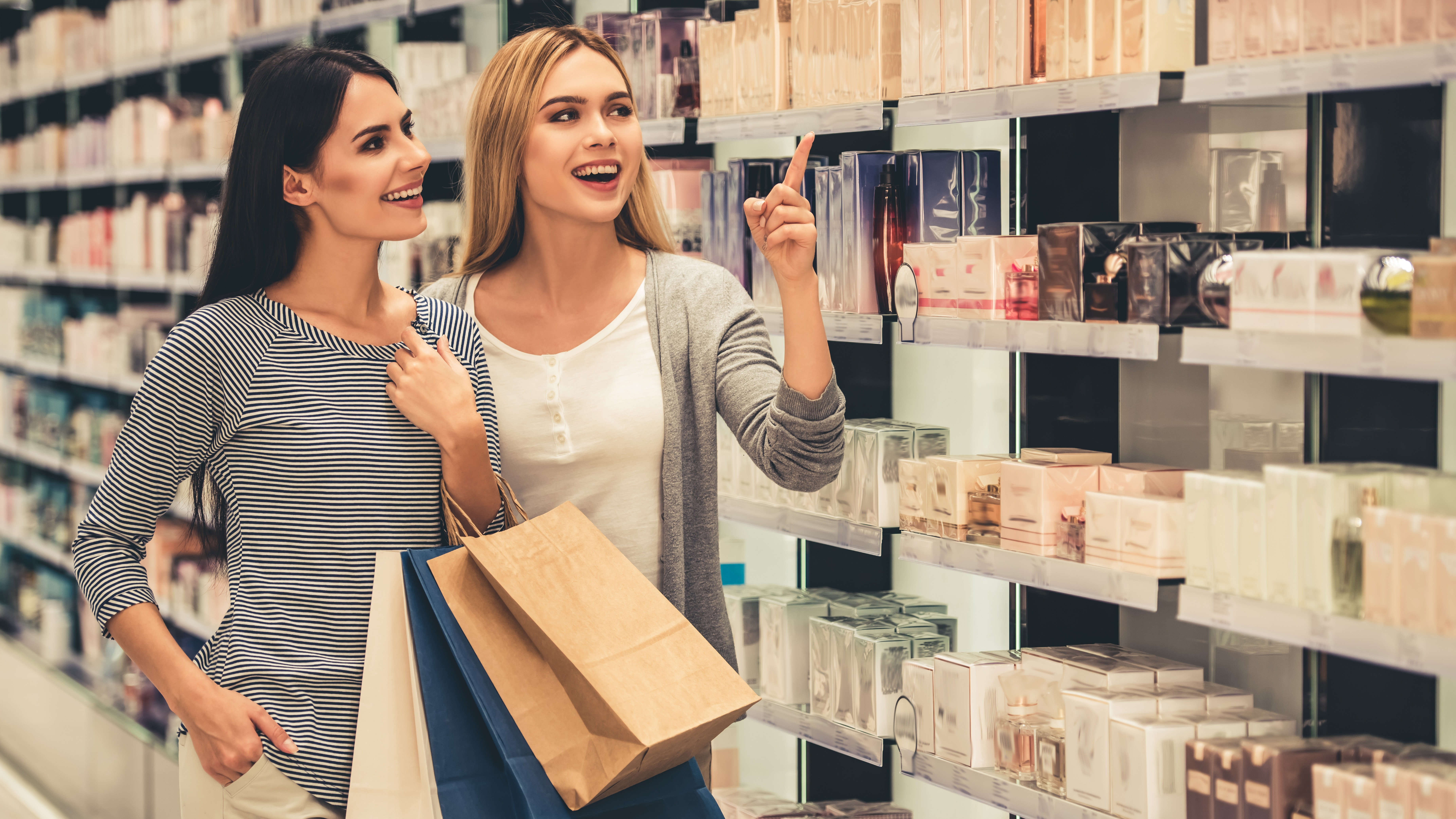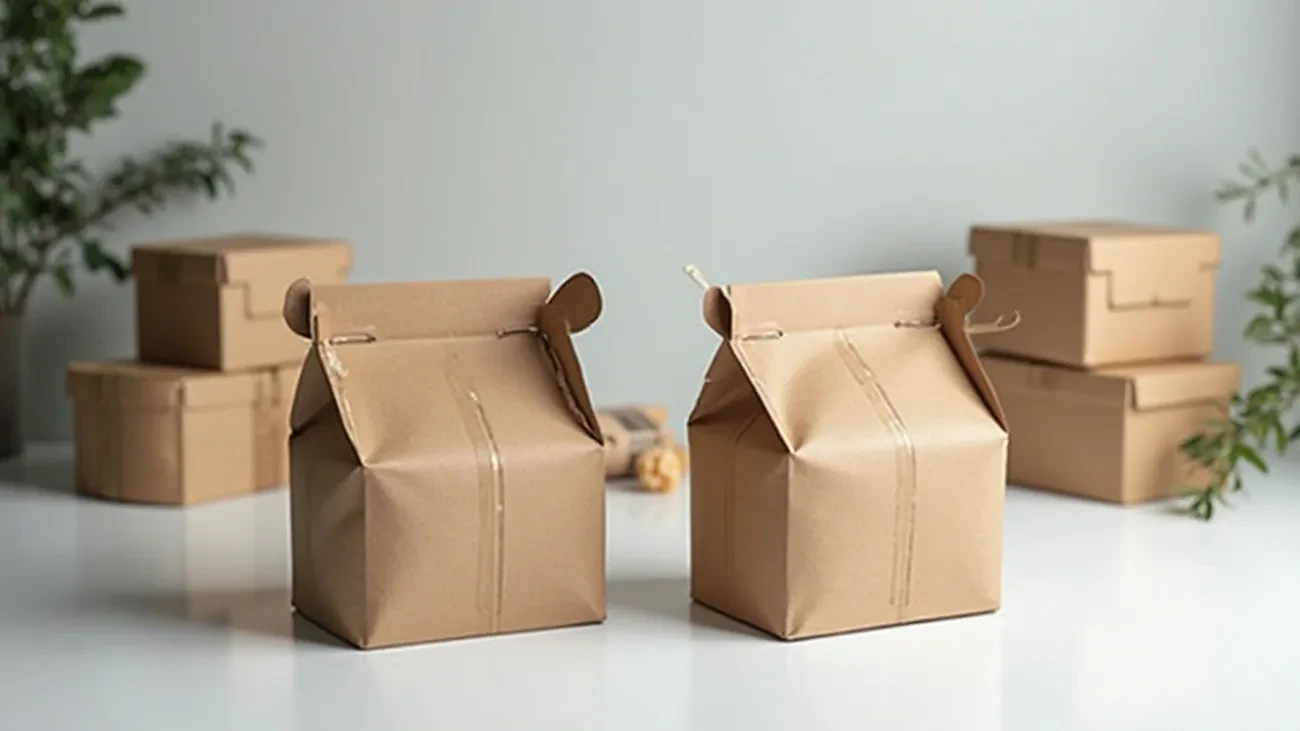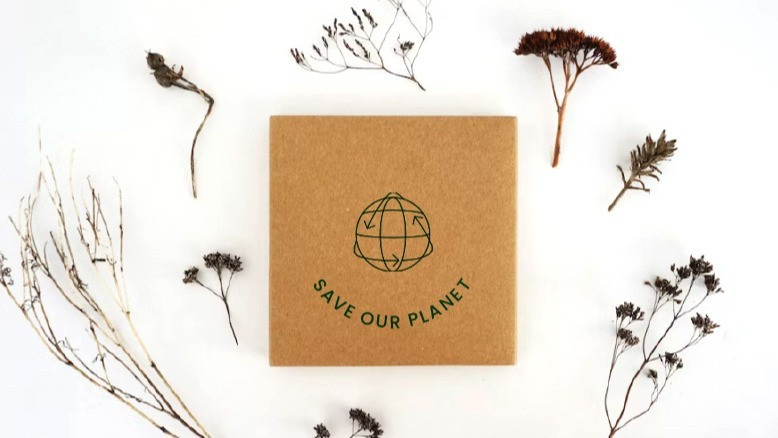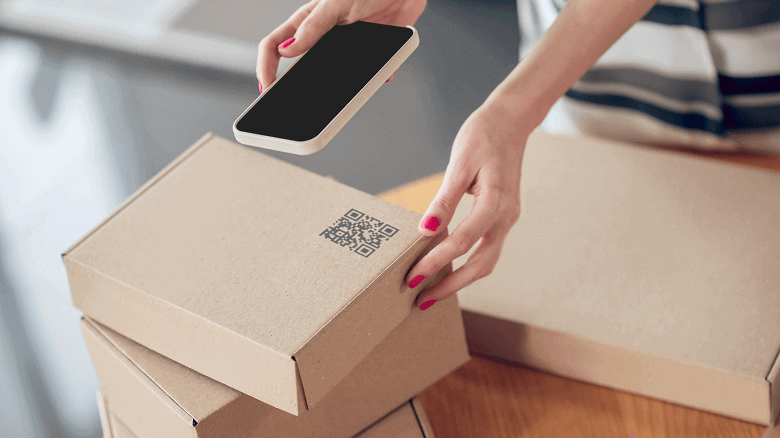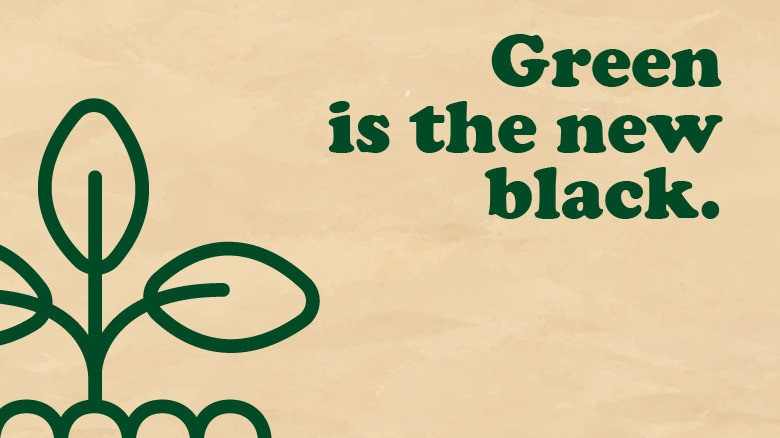The Impact of Packaging on Business Growth and Consumer Choice
Packaging serves as a communication tool to attract consumer attention and simultaneously acts as a valuable vehicle for contributing to business growth. The access to global markets, generously provided by the internet, e-commerce, and marketplaces, has intensified competition, which is no longer limited to local or national levels.
In this dynamically evolving global market, the major challenge for businesses is to stand out from the competition and be registered in the consumers' consciousness.
Research by the Paper and Packaging Board and IPSOS reveals that for 72% of consumers, packaging design is a factor in their decision to make a purchase. Additionally, research by WestRock shows that 81% of consumers have tried a new product because of its attractive packaging, and 52% have changed brands due to new packaging designs.
Through carefully designed packaging, the goal is for the consumer to recognize your brand and prefer it over the competition. In this way, a strong brand name is created, etched into the consumer's mind, who will seek it out in any future purchase.
Successful packaging is created by taking into account the colors, graphic depictions, and materials that constitute it.
In recent years, there has been a significant shift in the packaging industry towards sustainable and environmentally friendly materials. Nielsen research reveals that 73% of global consumers would change their purchasing habits to reduce their environmental impact. Considering the global shift towards a more sustainable future, businesses that embrace sustainable packaging will notice an increase in sales from consumers willing to pay a little extra if their purchase contributes to environmental protection. According to PwC research, the increase rate can reach up to 20%.
Moreover, whether it’s a purchase in a physical store or online, poor packaging can lead to a loss of customers by up to 5% (source: Accenture). Poor packaging is defined as one that either fails to capture the brand's identity, hasn't considered the elements that influence consumer psychology (such as colors, shape, typography, etc.), or, in the case of e-commerce, arrives to the recipient in bad condition.
Packaging does not merely serve as a product's wrapping. Instead, it is a valuable canvas that has the power to convey messages, attract attention, and create an emotional connection with consumers. This emotional connection is often reflected through the unboxing experience.
Unboxing, which essentially entered our lives with the advent of the internet, is the process where consumers choose to share their product receiving experience on social media. Thus, your brand is communicated to potential customers through user generated content, which creates interaction (91%), helps product recognition (82%), and enhances trust with your business (81%). (source: Vidjet).
In conclusion, a product's packaging is a strategic move or investment with long-term benefits for the well-being of brands as well as the consumers themselves. Before choosing the appropriate packaging for your business, consult the experts to discover the ideal solutions that meet your needs.
